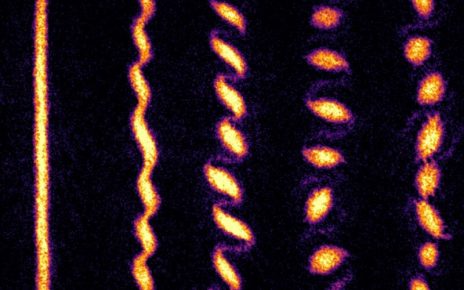
Enlarge / A technician performs rapid tests for malaria in Thailand. (credit: Thierry Falise / Getty Images )
The pandemic has introduced a lot of people to the idea of rapid antigen tests, which can quickly and conveniently reveal the presence of an infection. But in many parts of the world, rapid tests are a central feature of health care. If you don’t have easy access to a testing lab infrastructure—and many in the developing world don’t—rapid tests can provide a quick way of screening for common problems. In a number of countries, rapid test results are what determine whether people are given anti-malaria treatments or not.
But that may be causing problems of their own. A new paper suggests that the malarial parasite may be evolving so that it can’t be recognized by the most commonly used rapid tests.
Make it quick
Most rapid tests detect the presence of one or more proteins on the surface of a pathogen. We can mass-produce antibodies that recognize this protein and couple them to a molecule that is colored. When a pathogen isn’t present, the antibodies remain diffuse, and the color is imperceptible. When the pathogen is around, its protein and the antibodies aggregate, bringing enough of the colored molecule together that we can see it. The result is something like a red bar appearing at a specific location on the test hardware.





